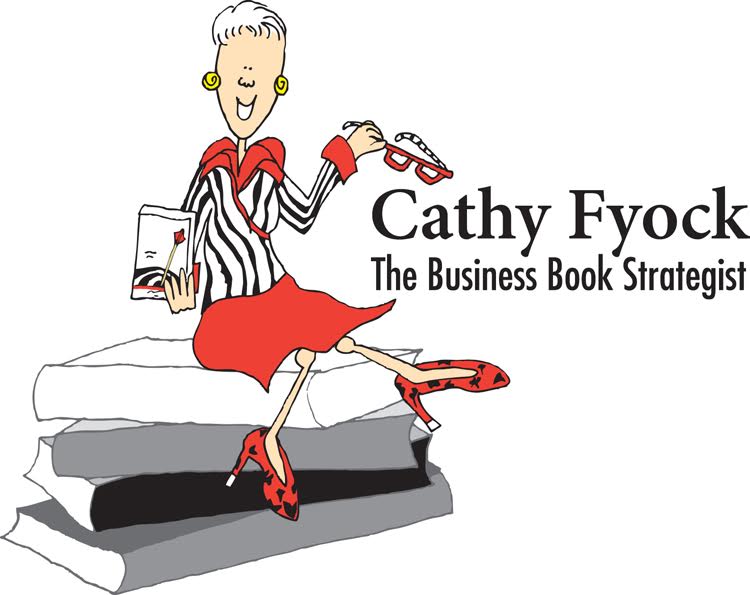Last week I was meeting with a new client, and he asked me a powerful question. “Cathy, I basically know what concepts I want to share in my nonfiction book. But, how do I get my target reader to first buy it, then read it, then use it?”
What a great question! Aren’t those the issues we’re all trying to resolve as nonfiction writers?
Buy it
Your target readers need to be compelled to buy your book, to either get them where they want to go or to ease some pain point. Does your title relay that message? In your title and subtitle, have you articulated how you’ll help your reader?
One part of your title (either the main title or subtitle) needs to grab the reader, and part needs to be definitive about the problem you solve or how to help them. For example, consider these best sellers:
- Mindfulness: An Eight-Week Plan for Finding Peace in a Frantic World by Mark Williams and Danny Penman
- How Not to Die: Discover the Foods Scientifically Proven to Prevent and Reverse Disease by Michael Greger MD and Gene Stone
- Quiet: The Power of Introverts in a World That Can’t Stop Talking by Susan Cain
The book cover needs to be compelling. Include a powerful graphic that is symbolic of the value the book offers. Have you included your most powerful testimonial from your most influential reader? In your short summary description, do you offer the advantages and benefits your book offers?
Another factor is book length. Today’s busy reader isn’t interested in a lengthy tome, but is looking for a digestible message that solves a problem.
Read it
Again, length is important. Some of the most popular nonfiction books are shorter in length so that they are accessible to readers.
Look for ways to break up the narrative; long blocks of text appear inaccessible. Using headings and subheadings, boxed text, illustrations, side bars, and pull quotes create a page that is inviting and help the reader identify key points and concepts.
One of the most powerful strategies to encourage your readers is to use powerful stories. These can be case studies, examples from your own experiences, or other vignettes. Including stories makes your message sticky.
Use it
Is the information you share actionable? Practical? Action plans, exercises, checklists, discussion questions, and templates encourage your reader to put into action the ideas you’ve presented.
What strategies are those that help you identify the books you want to buy, read the book from cover to cover, and then implement key ideas? Share your best ideas here.

